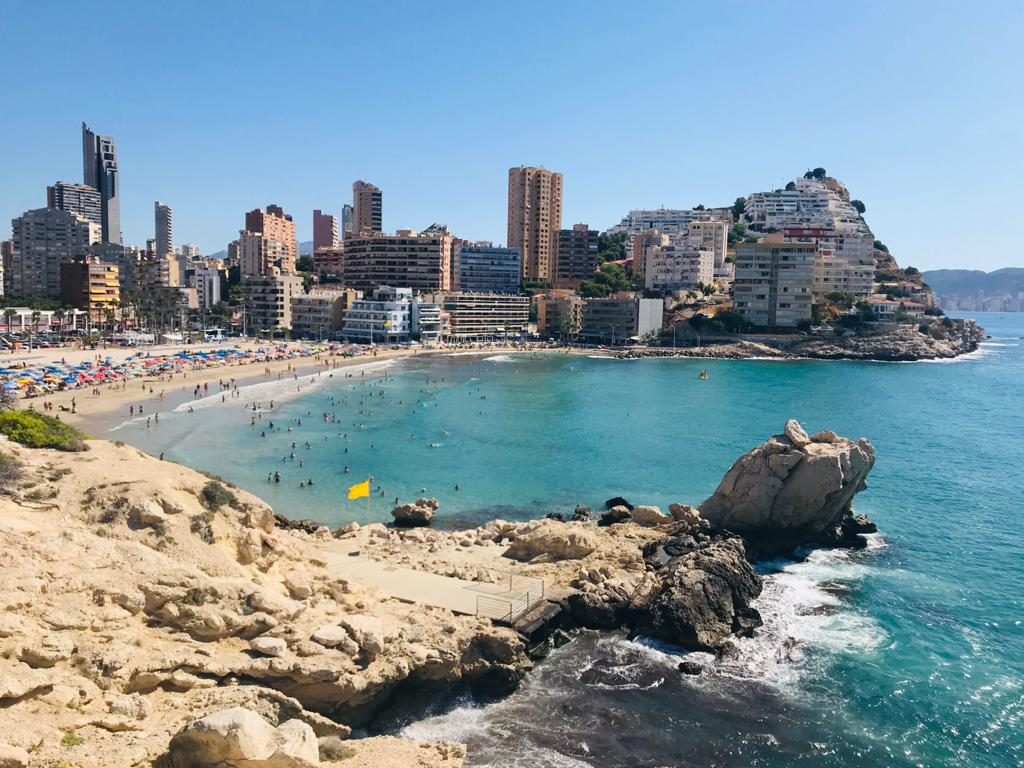
This Saturday Finestrat commemorates its Carta Pobla (Town Charter)
This Saturday Finestrat commemorates its Carta Pobla (Town Charter)
The Plaça de la Unió Europea will be all dressed up this Saturday 13th May to celebrate the 743rd anniversary of the Carta Pobla of Finestrat, a historical document that marked the conquest and transfer of land, which until that time had been in the hands of the Almohads and, on that date, passed into the hands of the Christians. Finestrat itself is much older than its town charter. There are documents from 1243 that refer to the castle, one of the favourite destinations for tourists visiting the town today. This anniversary is therefore not a commemoration of its foundation but rather of the political and economic change that King Peter III, son of the great James I, embodied in the figure of the feudal lord Ibáñez Oriola.
The Carta Pobla provides a great deal of information that give us a better understanding of many features of today's society. One could say that it is one more step in the historical evolution that all towns go through. When Jacobo Llinares, Property Distributor for the Kingdom of Valencia, transferred the lands to the feudal lord Ibáñez de Oriola, the inhabitants of this small town did not notice much change in their lives; they simply stopped contributing to the Islamic Regime and from that time onwards became accountable to the Christian tax authorities.
However, despite the similarities between the two regimes, there were significant differences that would eventually allow its people to experience different destinies. To understand the entrepreneurial nature of the inhabitants of a particular region, it is sometimes necessary to delve into the historical roots of their culture. The Kingdom of Aragon, made up of today's Aragon, Catalonia and Valencia, was not governed by the same laws as the rest of feudal Spain and Europe. When the change took place, that is, when the Carta Pobla was granted 743 years ago, a new system of land distribution was established, whereby each person was entitled to six yugadas, or a measure of the surface area equivalent to what two oxen could plough in a day.
In contrast to the system in other places governed by the traditional feudal system, in which the land and inhabitants, who were serfs, both belonged to the feudal lord, the Kingdom of Valencia separated the land and the people, so their relationship was reduced to the peasants paying their lord twelve gold coins as taxes, which corresponded to twelve salaries. This payment was made on Easter day, when the festivity of L'Ereta was held, a celebration that the inhabitants of Finestrat have managed to preserve to this day.
This difference, which the Kingdom of Aragon maintained with its Andalusian, Extremaduran and Castilian neighbours, was of enormous importance as it paved the way for the emergence of the middle classes. Once the 12 salaries had been paid to the lord, they were sometimes able to save the money left over and, in time, to acquire land or become merchants. This small nuance, introduced into the tax system by King Jaime I, made these areas of Spain more dynamic and wealthier compared to other territories, which even today need more support to flourish.













There are no comments